This blog was written by Jenna Pearson. Meet our blogging fitness specialists at the NIFS website.
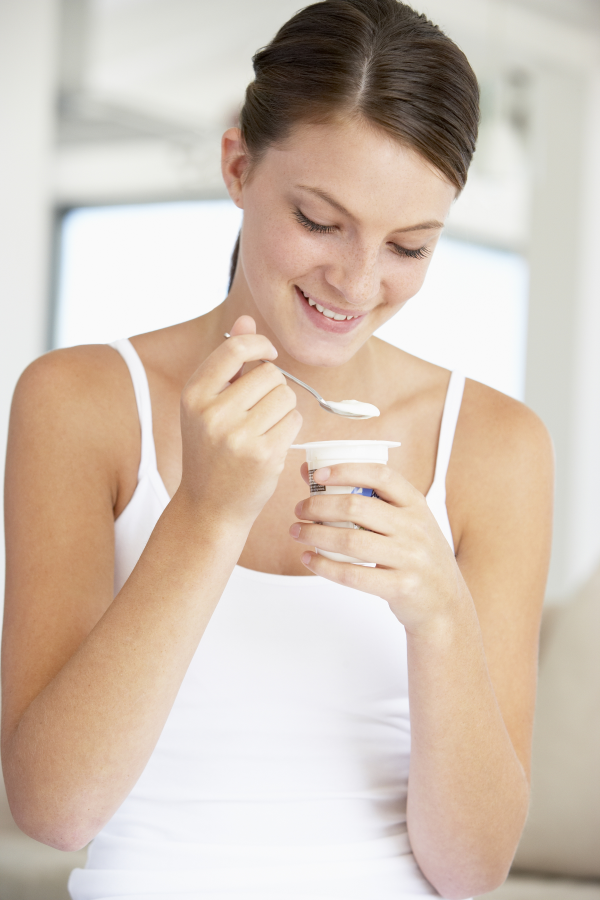 Ever wonder what and when you should be eating to optimize performance and energy levels? Numerous resources are available to the general public outlining food and dietary guidelines; however, many people remain unaware as to what types of foods are best to eat and when.
Ever wonder what and when you should be eating to optimize performance and energy levels? Numerous resources are available to the general public outlining food and dietary guidelines; however, many people remain unaware as to what types of foods are best to eat and when.
Whether working or working out, these guidelines will be useful in helping you plan meals and snacks to increase energy and sustainability.
Pre-exercise Meals
- Carbohydrate meals help fuel muscles and prevent depletion of glycogen stores. Glycogen is the body’s main form of stored carbohydrates; it is a main source of energy during work and exercise. You should choose complex carbohydrates like fruits and whole grains to help sustain energy levels for long-duration activities. Try to avoid high-sugar foods such as soda and candy, as these cause high peaks in blood sugar and tend to give you a quick burst of energy that soon fades away.
- Watch high-fat foods—they are hard to digest and may cause an upset stomach during high-intensity exercise. In comparison to carbohydrates, high-fat and high-protein meals take longer to digest and therefore require more energy for their breakdown.
- Try to have a meal with complex carbohydrates four hours prior to exercise and a small snack one or two hours before exercise.
Examples:
Whole-grain cereals, yogurt, whole-wheat pasta, fruit, whole-grain bagels, oatmeal, raisins, some energy bars (check that they are not too high in fat or protein).
Post-exercise Meals
- Your muscles need to recover after exercise, as this is when your metabolism is at its peak.
- Refueling should begin within 30 to 45 minutes after exercise to restore glycogen and repair muscle tissue.
- Carbohydrates and protein will enhance the process of rebuilding and repairing muscles.
Examples:
String cheese and a piece of fruit, peanut butter and jelly on whole-grain bread, yogurt, cottage cheese and fruit, soup, nuts (raw, unsalted are best), whole-grain cereal with reduced-fat milk.
Remember to stay hydrated! Dehydration slows your metabolic rate by 2% and can also leave you feeling sluggish. Feel your best by drinking at least eight to ten 8-ounce glasses of water daily!

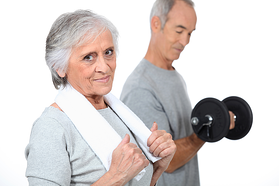 Most people would agree that regular exercise is part of a healthy lifestyle, but how much of an impact does physical activity really have on one’s health and well-being?
Most people would agree that regular exercise is part of a healthy lifestyle, but how much of an impact does physical activity really have on one’s health and well-being? Having a desk job likely means you spend more than half of your day—half of your whole day, not just your workday—NOT moving. We all know physical activity has a positive impact on health, but the ill-effects of inactivity are often overlooked.
Having a desk job likely means you spend more than half of your day—half of your whole day, not just your workday—NOT moving. We all know physical activity has a positive impact on health, but the ill-effects of inactivity are often overlooked.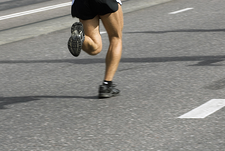 If you’ve always wanted to run in a 5K road race (or any road race, for that matter) but haven’t because you are not a runner, listen up: You do not have to be a “runner” to run. Anyone can run! Get yourself ready for your first 5K by following these guidelines:
If you’ve always wanted to run in a 5K road race (or any road race, for that matter) but haven’t because you are not a runner, listen up: You do not have to be a “runner” to run. Anyone can run! Get yourself ready for your first 5K by following these guidelines: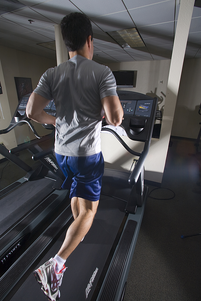 Your
Your 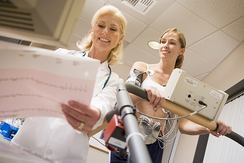 Ever wonder what “METS” stands for on the treadmill, bike, or elliptical? Simply stated, a MET (also known as the metabolic equivalent) is a unit of measure that quantifies the
Ever wonder what “METS” stands for on the treadmill, bike, or elliptical? Simply stated, a MET (also known as the metabolic equivalent) is a unit of measure that quantifies the 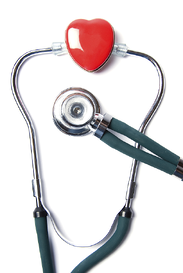 It is no secret that
It is no secret that